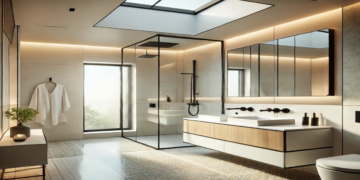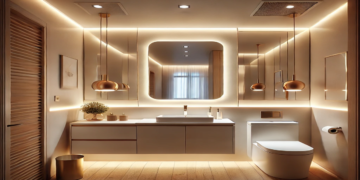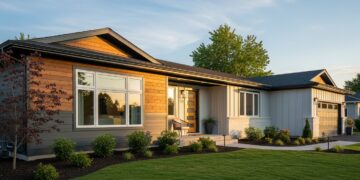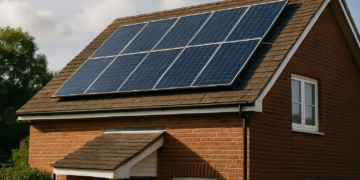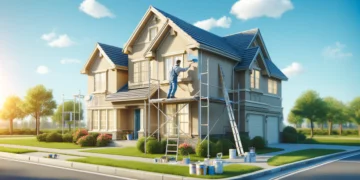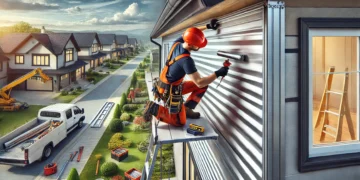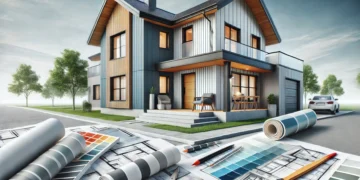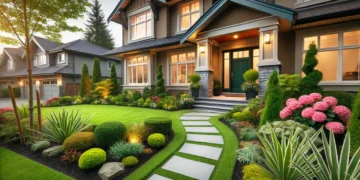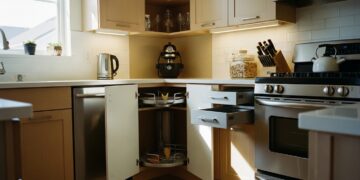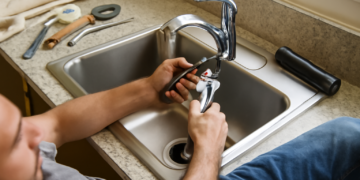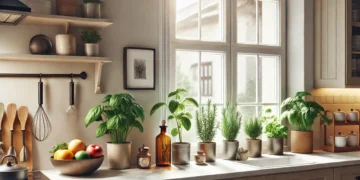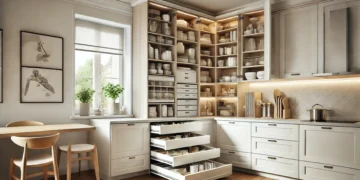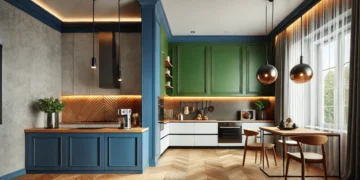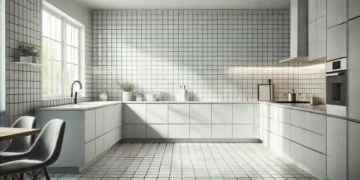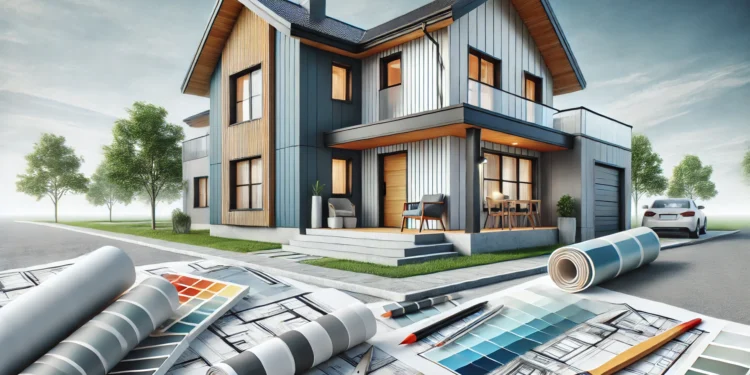The financing of a home is always an issue, and homeowners are faced with the question of cost when they think of renovating the outside. In this guide, the cost of vinyl siding will be unveiled by considering the materials, labor, and other issues.
Consequently, the reader will have the information necessary to not only assess how expensive vinyl siding is but also ask the main questions during the installation.
Understanding Vinyl Siding
Vinyl siding is the most chosen material for the house envelope due to the features of the material, which are longevity, low maintenance, and better energy efficiency. On the other hand, it is essential for you to know the material and its benefits.
What is Vinyl Siding?
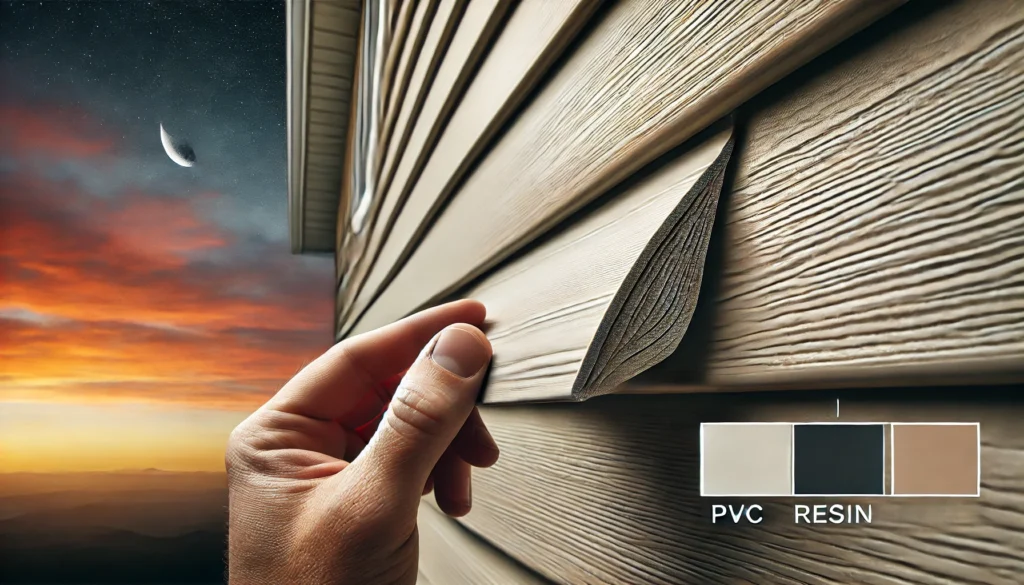
Vinyl siding generally refers to a plastic product that is laid on the outside of a building. It is produced from polyvinyl chloride (PVC) resin, and the colors and styles are also different. A homeowner typically selects vinyl siding as start-up capital for its cheapness and easy maintenance. When considering the exterior of your home, you might find our article on exterior home design ideas helpful, even if you have a smaller house.
To understand more about the composition and industry standards for vinyl siding in the US, you can refer to resources from Polymeric Exteriors.
Benefits of Vinyl Siding

- Durability
- Low maintenance
- Wide range of colors and styles
- Energy efficiency
- Cost-effective
Factors Affecting Vinyl Siding Costs
A multitude of dynamics come into play when determining how much vinyl siding costs. These kinds of blocks help homeowners to budget their siding projects more accurately.
1. House Size and Shape
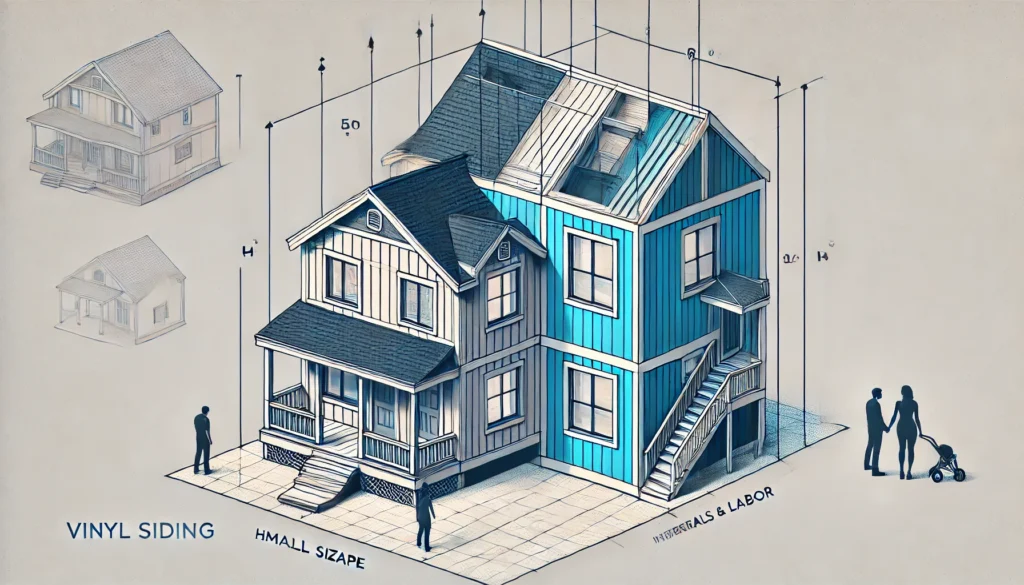
The house’s size and shape are the main determining cost factors of vinyl siding. The higher expenses follow this, the larger the house is, because more materials and labor are needed. Likewise, designs with intricate angles and corners make costs higher.
2. Quality of Vinyl Siding
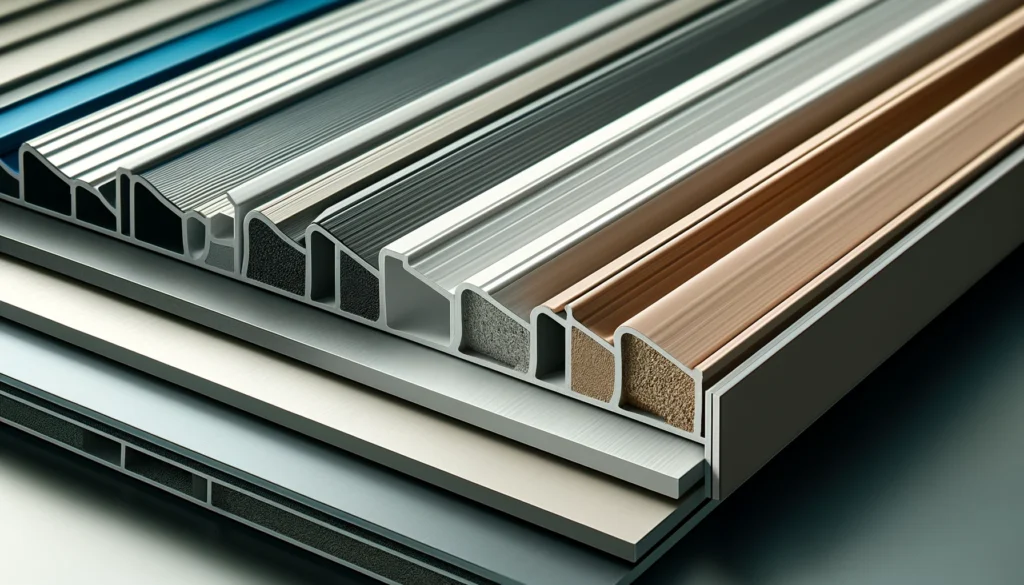
According to the report, vinyl siding has reached a higher level due to the best material and diversity of the texture of the siding it is made of. When it comes to the downside, the best one is cost and durability, since high-quality material is almost always a high price. Therefore, homeowners are advised to opt for high-quality siding. For tips on making affordable choices for your home’s exterior, you might find our article on affordable home decor ideas useful.
3. Siding Style and Color

The design and the color of vinyl siding are the two main factors that define its price. Some specialty styles and custom colors are always more expensive than standard options. The house owners are to look through different options and cast ballots for aesthetics and price. When considering the style and color of your siding, you might also be interested in our article on trendy exterior paint colors for ranch-style homes, as similar considerations apply to exterior finishes.
4. Labor Costs
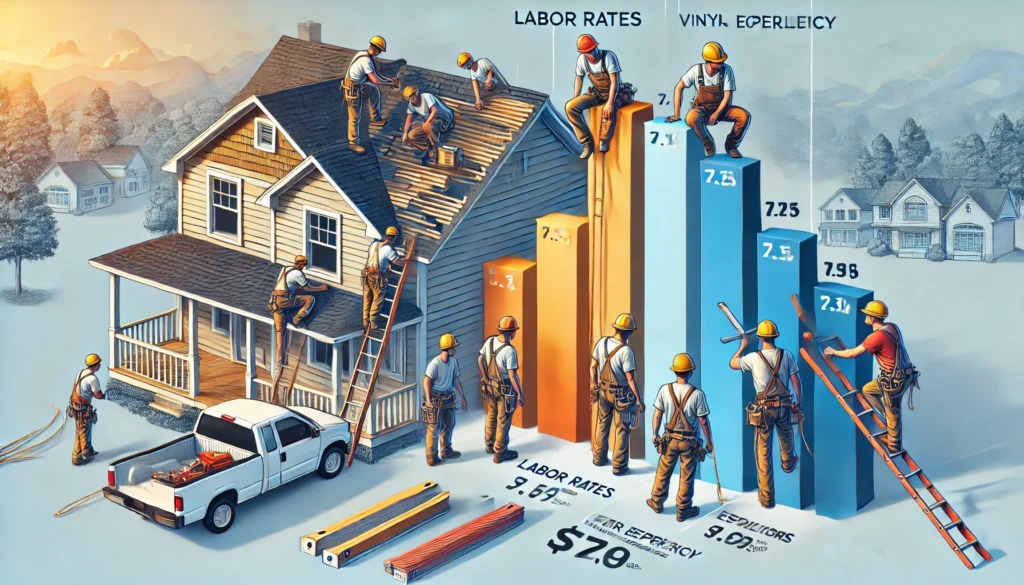
Labor cost constitutes a rather large portion of total costs. Generally, labor rates differ among regions and the male experience of the workers. The homeowner must make a point of asking other places for the installation of the sliding cost in order to even the price it.
To get a general idea of the average cost of siding installation in your area, you can explore resources from home improvement cost estimator websites like HomeAdvisor.
5. Additional Materials
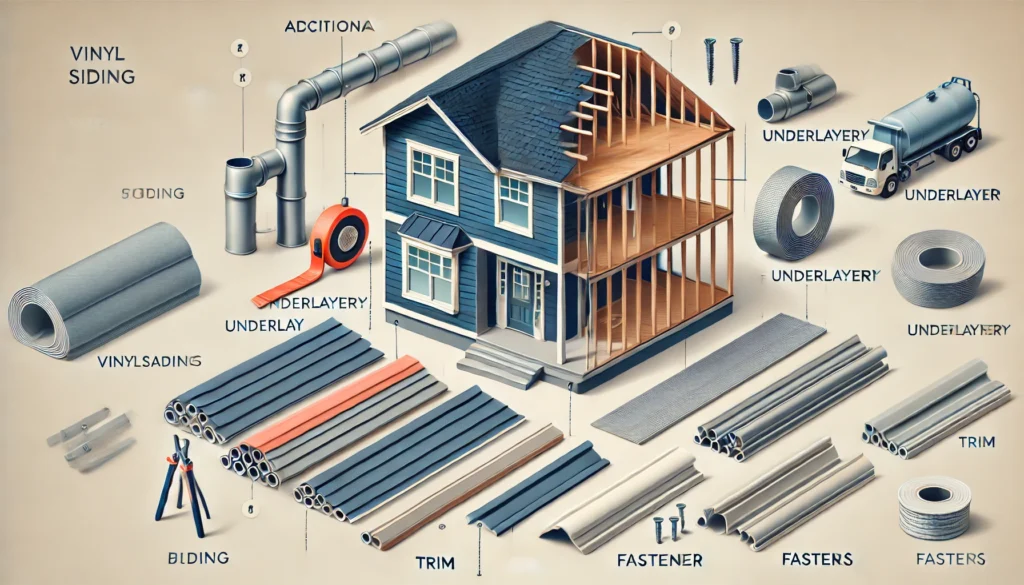
Furthermore, extra materials such as piping may be needed in addition to the sale of siding. Examples of other materials would be the underlayment, trim, and fasteners. The homeowners should ensure that the composite cost of these materials is reflected in the total budget.
Average Cost of Vinyl Siding
Finally, as the meltdown of the building of a new startup begins, the question surfaces: How much does the vinyl siding material cost? The average cost is not fixed, however, it can be explained by the following statements:
Material Costs
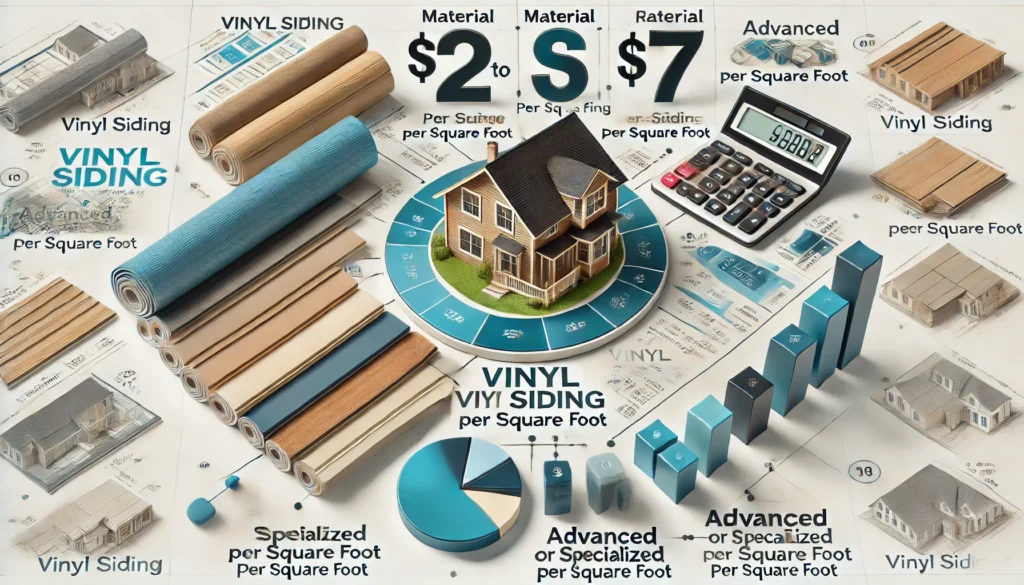
The usual price of vinyl siding is between $2 to $7 per square foot, which is just the consumable materials. Advanced or specialized types of siding may go as high as $12 or more per square foot.
You can get a sense of the current price of vinyl siding and explore different styles on websites of building materials retailers like Lowe’s.
Labor Costs
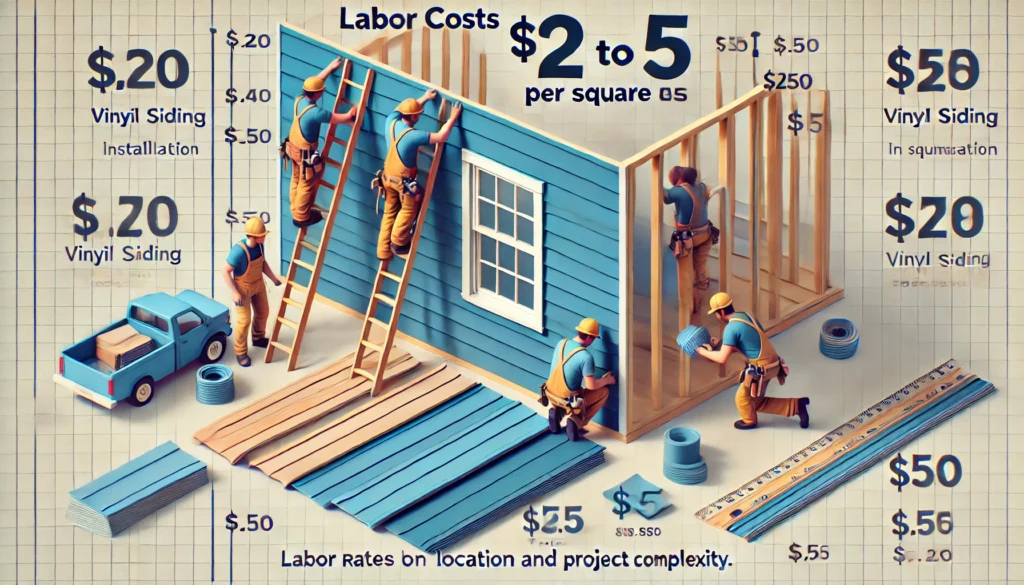
The labor costs for a contractor to install siding typically range from $2 to $5. This depends on the location and the complexity of the project.
Total Cost Range
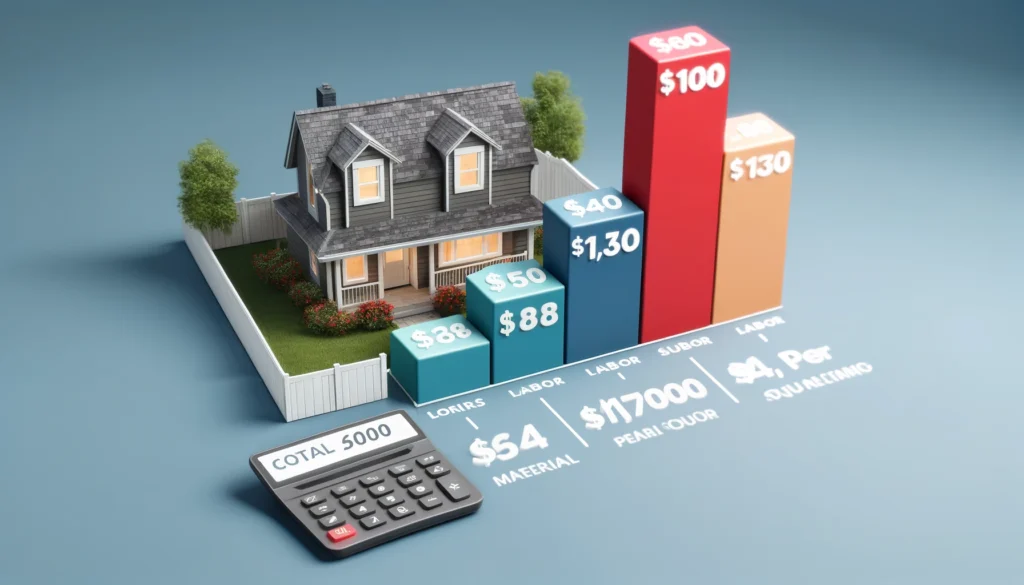
Whomsoever buys the sidings, as well as labor costs, should bargain among themselves where material and labor will cost between $4 to $12. If you have a house, for instance, 1500 square feet in size, it may take anywhere from $6000 to $18000 to get the project done properly.
Cost to Replace Vinyl Siding
The cost to replace vinyl siding will always be a bit higher than new installations. This will be caused by labor to tear off the existing layers and the disposal of old siding.
Factors Affecting Replacement Costs
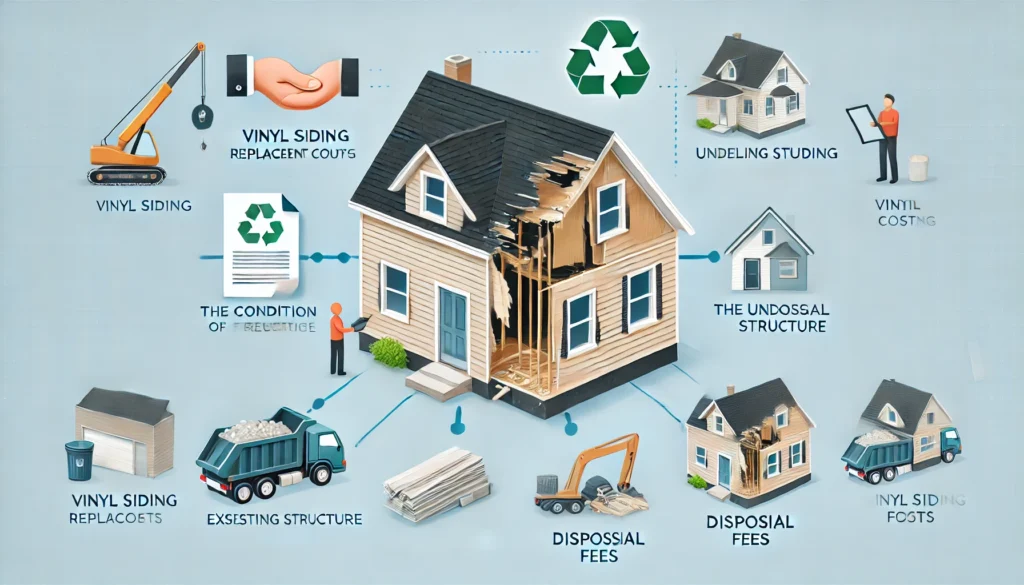
- Condition of existing siding.
- The condition of the underlying structure.
- Disposal fees.
Average Replacement Costs
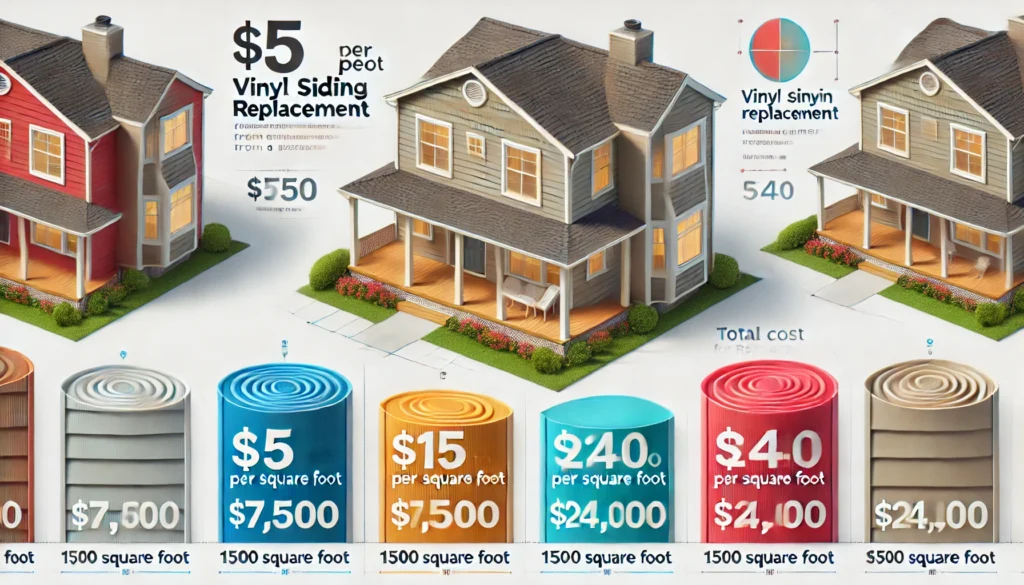
The standard expenses ranged from $5 to $16 per square foot at home. This involved the displacement of old siding, any required repairs, and the installation of new vinyl siding. For a 1,500-square-foot house, the total cost might be anywhere between $7,500 to $24,000.
How Much is Vinyl Siding Compared to Other Materials?
Cost is a factor in determining vinyl siding, but it’s also a good idea to make a comparison of it with other materials. Here is a brief comparison:
- Vinyl Siding: $2 – $7 per square foot
- Fiber Cement: $5 – $13 per square foot
- Wood Siding: $8 – $12 per square foot
- Brick Veneer: $9 – $28 per square foot
From the above, vinyl siding is typically the most affordable among the commonly used siding materials. For a more comprehensive cost comparison of siding materials, including their pros and cons, you might find articles on home improvement websites like This Old House informative.
Siding Installation Cost: DIY vs. Professional
Most homeowners often have questions about the cost of the siding installation and whether they should try to handle the work themselves or employ the services of professionals.
DIY Installation
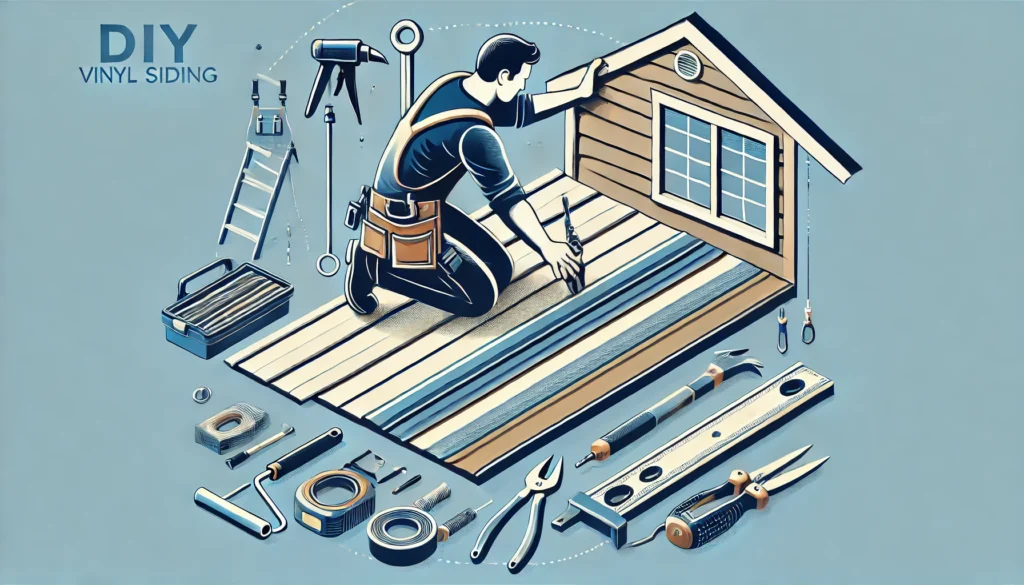
By putting up the siding yourself, you can avoid labor costs, but you will need to have some time and skills. The materials stay the same, while the necessary tools and equipment may need to be bought or rented. DIY installation is not recommended for those without experience in home improvement projects.
Professional Installation
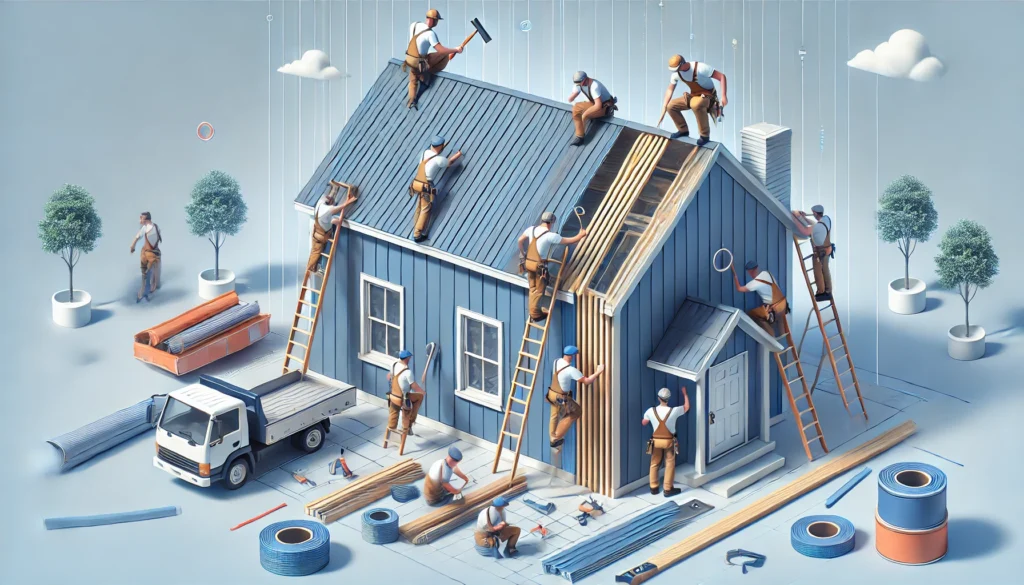
Professional installation guarantees the highest quality work and the willingness to offer warranties. The cost of professionals is mainly for the materials, and the range is usually between $2 and $5 per square foot for job costing. In the end, it results in a cost that is higher at the front but can be saved in the future through correct installation and no future issues.
Cost to Side a House: Additional Considerations
When you are trying to estimate how much it would cost to sell a house, there are several factors that you need to look at:
Insulation
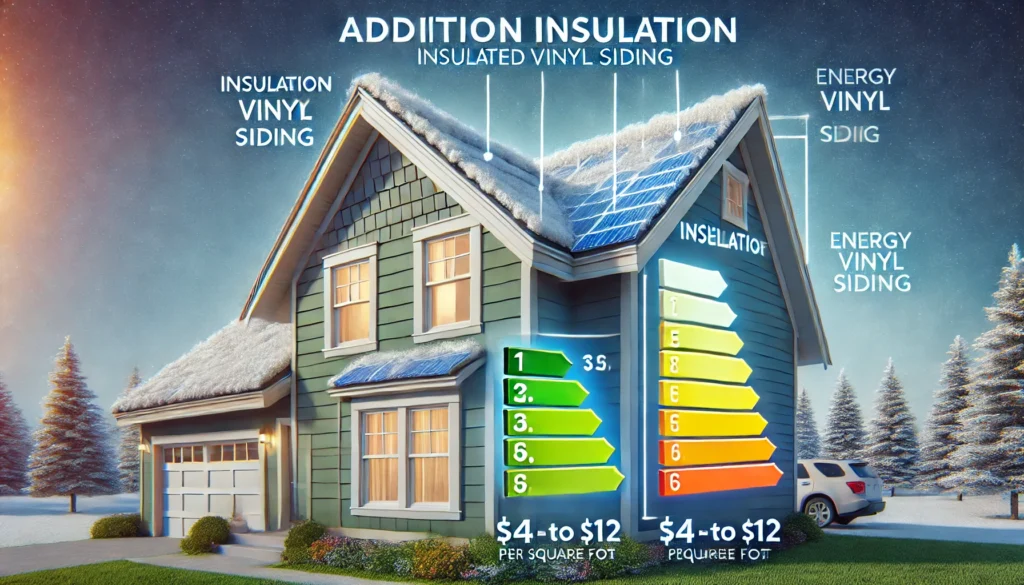
Adding insulation to the siding can help to save energy, but it also costs money. The insulated vinyl siding of a house can go for $4 to $12 per square foot.
Trim and Accessories
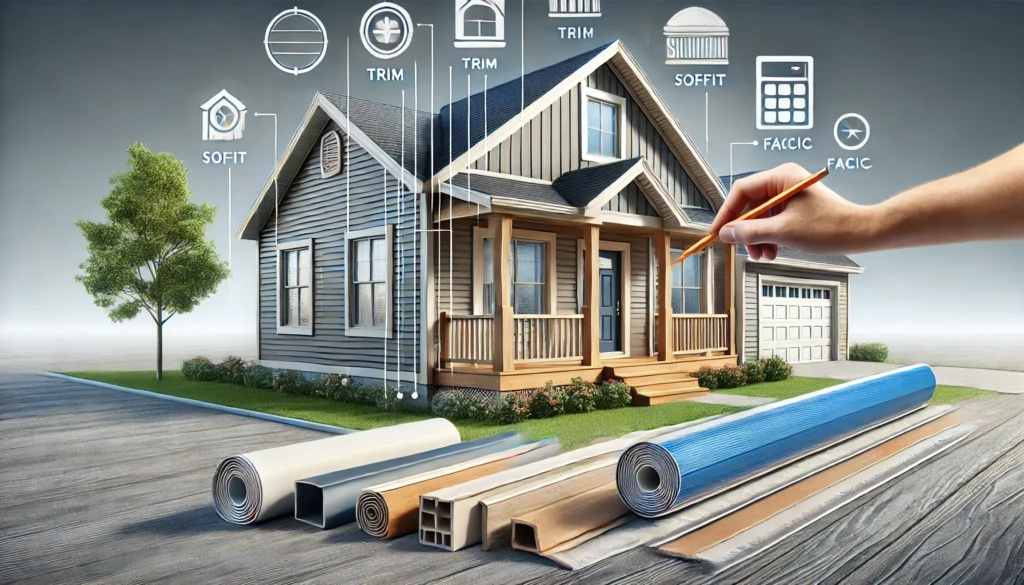
Vinyl siding accessories, such as trim, soffit, and fascia, can be other important parts that add to the overall cost. These commonly go for between $3 and $6 per linear foot. When planning your siding project, remember that these elements contribute to the overall design of your home’s front, as discussed in our other article.
Permits and Inspections
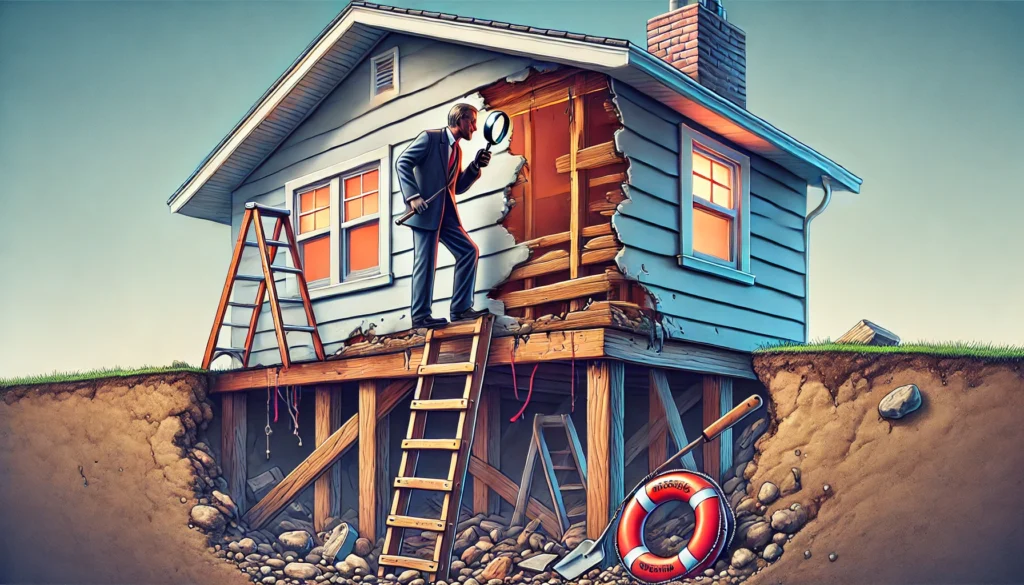
It depends on the locality; permits and inspections are mandatory, hence, it can significantly increase the total cost to build a house.
Unexpected Repairs
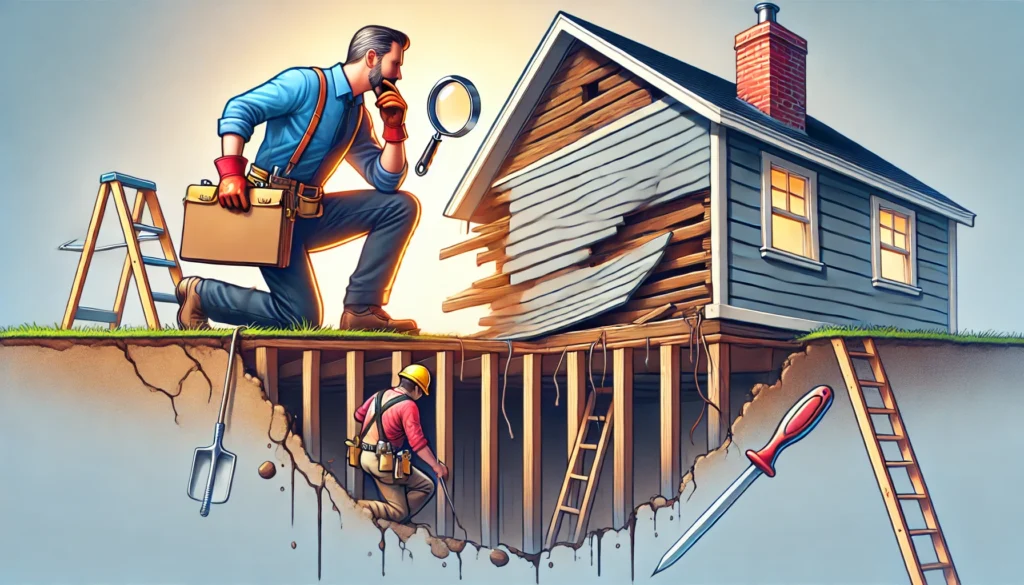
While in the process of siding, the wear and tear below the surface may be detected, which can cause repairs and consequently increase the cost.
Tips for Reducing Vinyl Siding Costs
While gauging the cost of the vinyl siding, homeowners can make possible savings by using these tips:
- Get several quotations from reliable contractors.
- Consider middle-grade vinyl siding for a balance between quality and cost.
- Choose a standard color and a regular style to avoid the high price.
- Undertake the project in the off-season when contractors may offer discounts.
- Eliminate the current siding yourself if you are confident in lower labor costs.
Conclusion
The integration of the average vinyl siding prices in the homeowners’ plans for updating the home’s facade is necessary. Although the preliminary cost can be rather high, vinyl siding is more durable, requires less maintenance, and ensures energy efficiency.
The price of vinyl siding replacement and the installation cost of siding will vary considerably due to different house sizes, the quality of siding, and the differing workers. By considering these parameters and obtaining several quotes, homeowners can decide whether or not to proceed with the siding process
FAQs
Q: How long does vinyl siding typically last?
A: In general, the length of time vinyl siding lasts is 20-40 years, if it has been properly maintained.
Q: Can vinyl siding be painted?
A: Yes, the vinyl siding can be painted, but it is not always recommended.
Q: How often does vinyl siding need to be cleaned?
A: Vinyl siding should be cleaned once a year to maintain its appearance.
Q: Does vinyl siding increase home value?
A: Yes, vinyl siding can add value to the home by making the facade look better.
Q: Is vinyl siding environmentally friendly?
A: Vinyl siding is recyclable, but the manufacturing process isn’t as eco-friendly as it should be.
Q: Can vinyl siding be installed over existing siding?
A: Indeed, but following this method is a great application; in many cases, it will only be necessary to install a new vinyl siding over the current one underneath.
Get the latest vinyl siding cost breakdown and factors affecting pricing. Read our comprehensive guide to make an informed decision for your home!




